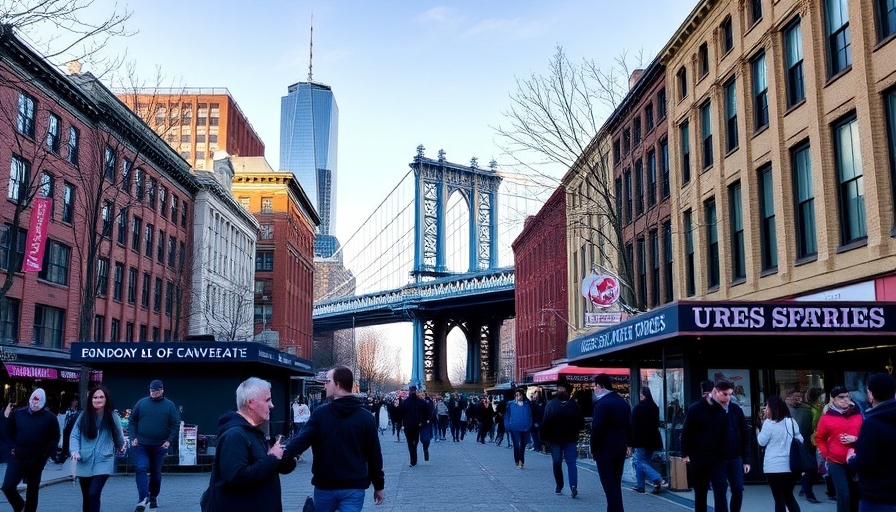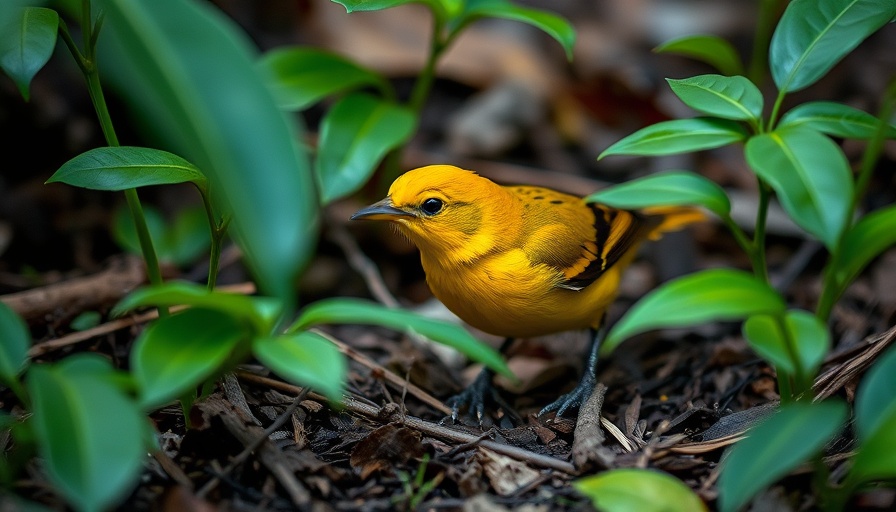
The Surprising Resilience of Piping Plovers
The Piping Plover, a small shorebird with a sand-colored coat, has faced numerous challenges due to habitat loss and predators. However, an unexpected ally in their survival story has emerged: hurricanes. Following the devastation of Superstorm Sandy, the reshaping of coastal environments has inadvertently created favorable nesting conditions for these threatened birds.
The Impact of Superstorm Sandy
When Superstorm Sandy hit New York and New Jersey, it left behind stripped beaches devoid of vegetation, which, paradoxically, proved to be a boon for Piping Plovers. According to Anne Hecht, a veteran researcher on the Atlantic Coast, these bare sandy areas provide optimal camouflage against predators, making it easier for the plovers to nest and raise their young. The absence of plants means greater visibility for the plovers to forage once they hatch, allowing them to thrive in these modified habitats.
The Role of Conservation in Avian Survival
Despite their vulnerability, Piping Plovers are lucky to have a dedicated conservation effort behind them. Organizations and individuals passionate about protecting these birds work diligently to shelter their nesting sites and monitor their populations. The success observed in areas where such habitats are safeguarded demonstrates the critical importance of conservation initiatives. This collective commitment to preserving the plover can lead to increased awareness about the broader impacts of climate change on bird populations.
Looking Ahead: Future Conservation Efforts
While hurricanes present unique challenges and opportunities, the question remains: How can conservationists best prepare for the future? With climate change causing shifts in weather patterns, ongoing research is vital to understand how best to protect shorebird habitats. As we advance, promoting awareness of the relationship between extreme weather events and wildlife conservation will be essential.
Ultimately, the Piping Plover's story reminds us that resilience can arise from the most unexpected scenarios. As we continue to navigate the impacts of climate change, let us champion and protect vulnerable species like the Piping Plover, ensuring they have the chance to thrive in a rapidly changing world.
 Add Row
Add Row  Add
Add 




Write A Comment